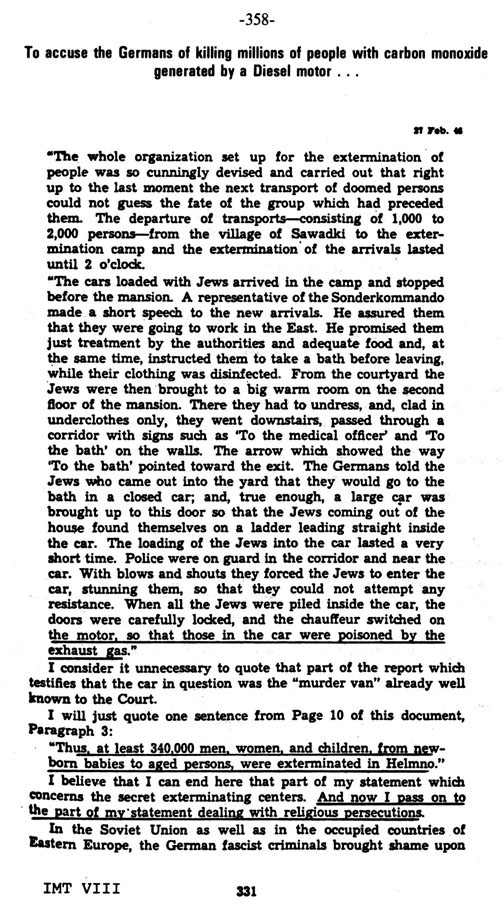

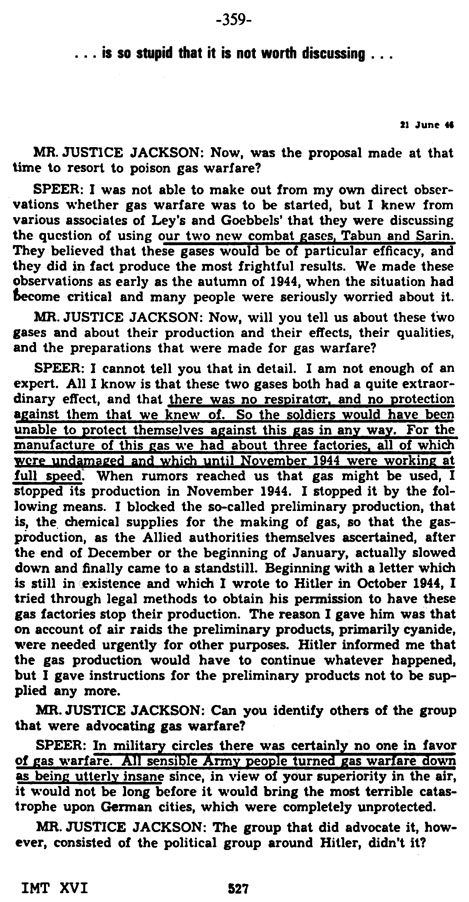
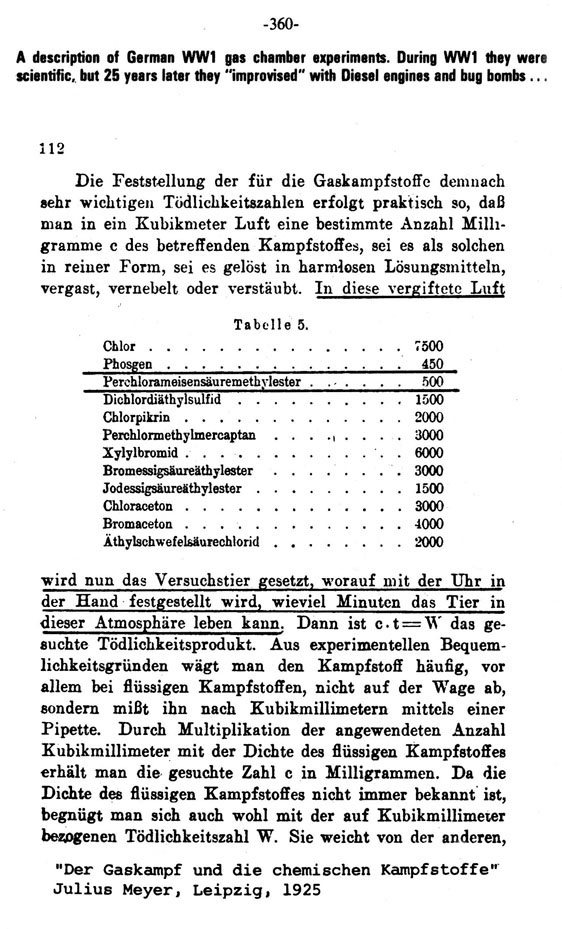
The establishment of the mortality figures which are so important with regards to the substances used in chemical warfare is determined in practice by placing a certain number of milligrams c of the chemical warfare substance concerned, either in pure form, in the form of a gas, fog, or dust. in one cubic metre of air.
Table 5
Chlorine 7500
Phosgene 450
Perchlorformicacidmethylester 500
Dichlordiethylsulphide 1500
Chlorpicrin 2000
Perchlormethylmercaptan 3000
Xylylbromide 6000
Bromaceticacidethylester 3000
Idoaceticacidethylester 1500
Cloracetone 3000
Bromacetone 4000
Ethylsulphuricacidchloride 2000
The test animal is then placed in this poisoned atmosphere, and a determination is made, holding a watch in one’s hand, of how many minutes the animal can live in this atmosphere, because the mortality product is c.t = W. For reasons of experimental convenience, the chemical warfare material, particularly in the case of liquid substances, is not weighed on the scales, but rather measured by means of a pipette according to cubic millimetres. The desired number of milligrams is obtained by multiplying the number of cubic millimetres used by the density of the liquid chemical substance. Since the density of the liquid chemical warfare substance is not always known, one is often content with the the mortality figure W relating to cubic millimetres, which deviates only very inconsiderably
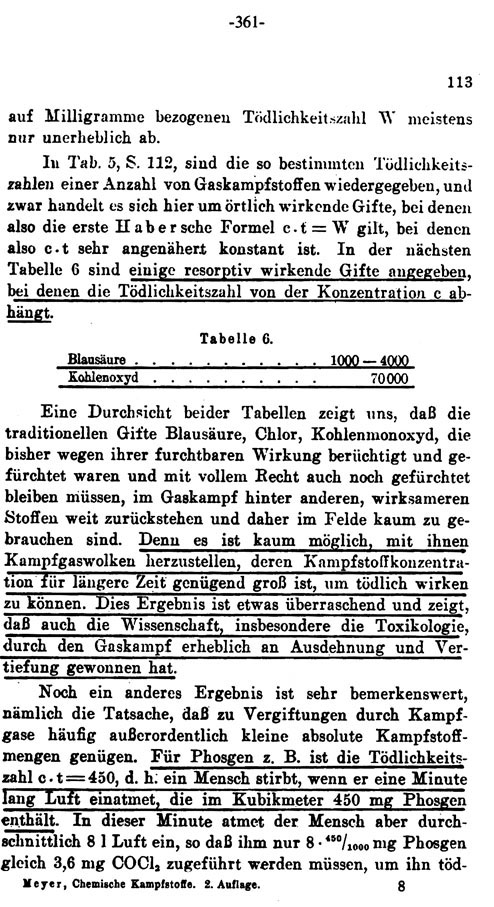
from the other mortality figure W, expressed in milligrams.
Table 5, p. 112, shows the mortality figures, determined in the above described manner, of a number of poison gas warfare agents; these are, of course, locally effective poisons, the first II of which, therefore, are governed by the formula c.t = W, in which c.t is nearly constant. Table 6 shows a few resorptive poisons [i.e., those which are excreted as they are inhaled] in which the mortality figures are dependent on the concentration in the air.
Table 6
Hydrocyanic acid 1000-4000
Carbon Monoxide 70,000
An examination of these tables shows that the traditional poisons -- hydrocyanic acid, chlorine, carbon monoxide -- which used to be notorious for their effectiveness and which must also, and quite correctly, continue to be feared, are far less effective in gas warfare than other agents, and should therefore hardly be used in the field, because it is hardly possible, using these substances, to create gas clouds in which the concentrations of toxic active ingredient are high enough to produce a fatal effect over a lengthier period of time. This finding is rather surprising, and shows that science, in particular, toxicology, has gained considerably in both breadth and depth as a result of gas warfare.
There is another very noteworthy result, namely, the fact that extraordinarily small absolute quantities of combat gases are sufficient to cause intoxication. With phosgene, for example, the mortality figure is c.t = 450, i.e., a man will die after breathing air containing 450 mg of phosgene per cubic meter air for one minute. During this one minute, however, that same man inhales an average of 8 litres of air, so that, as far as he is concerned, one need only introduce 8.450/1000 mg phosgene, equivalent to 3.6 mg COCl2, in order to kill him.
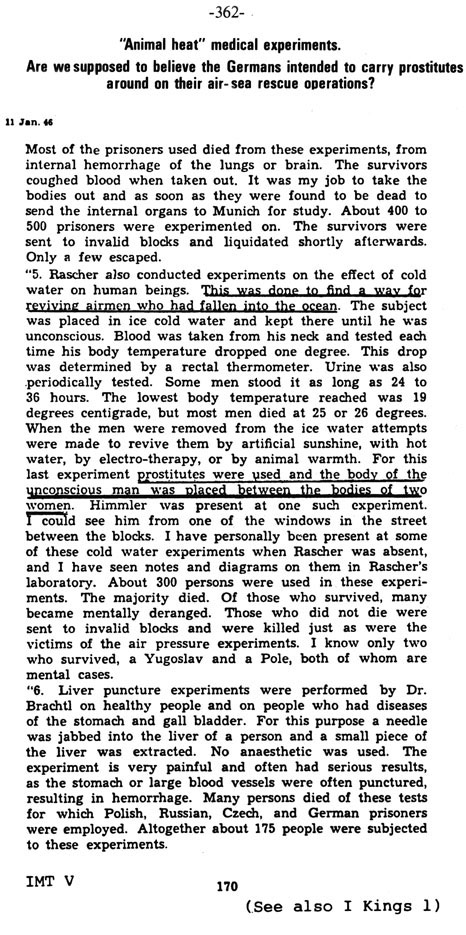
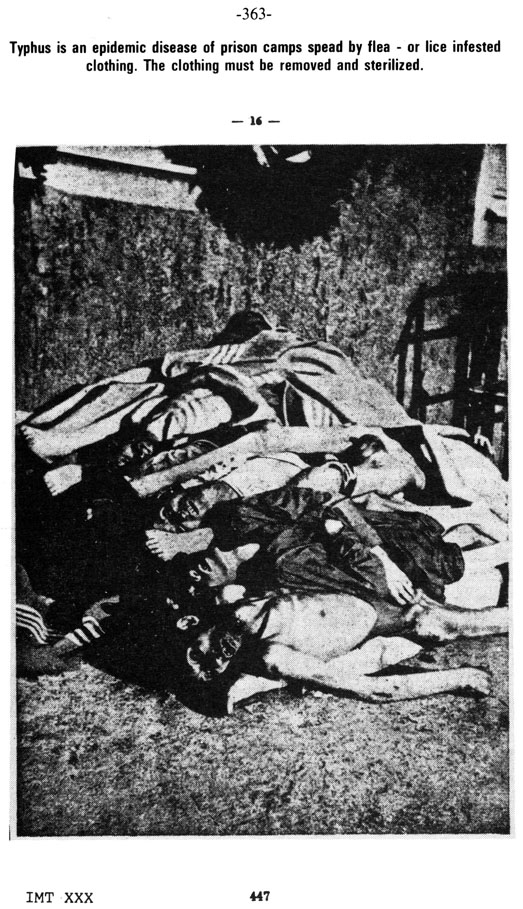
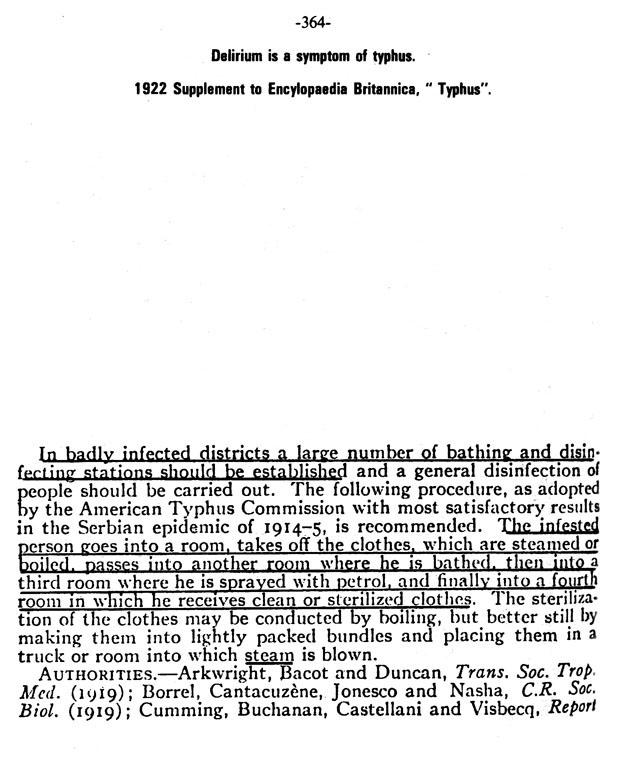
Continue with Next Subject
Return to MADE IN RUSSIA THE HOLOCO$T PART FOUR
Return to CONTENTS PAGE
Index